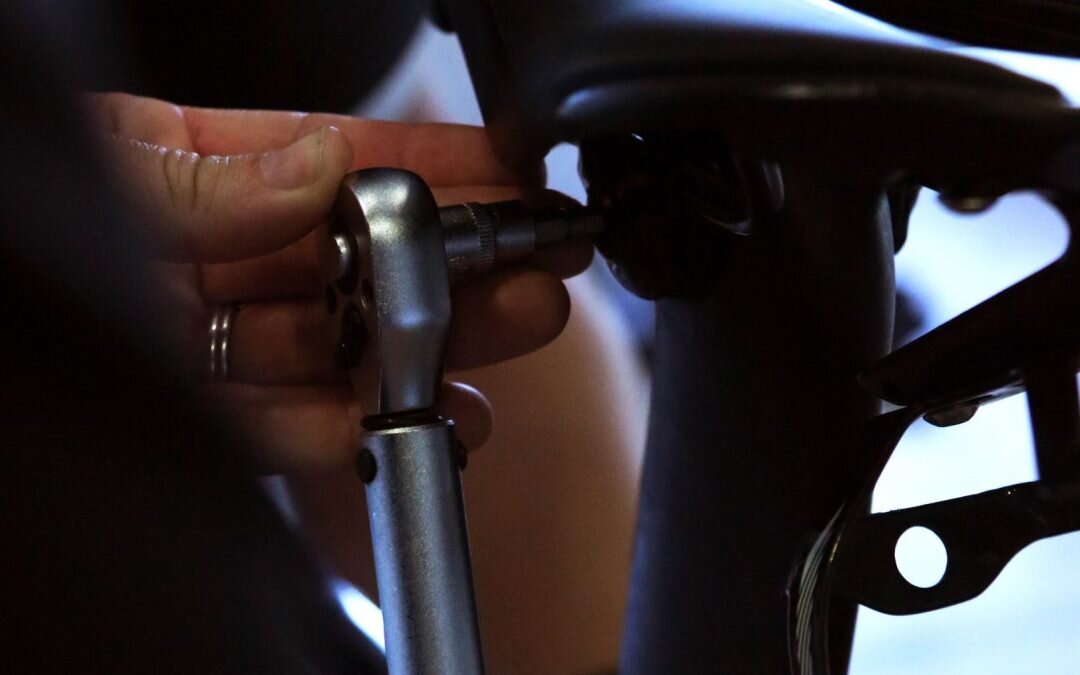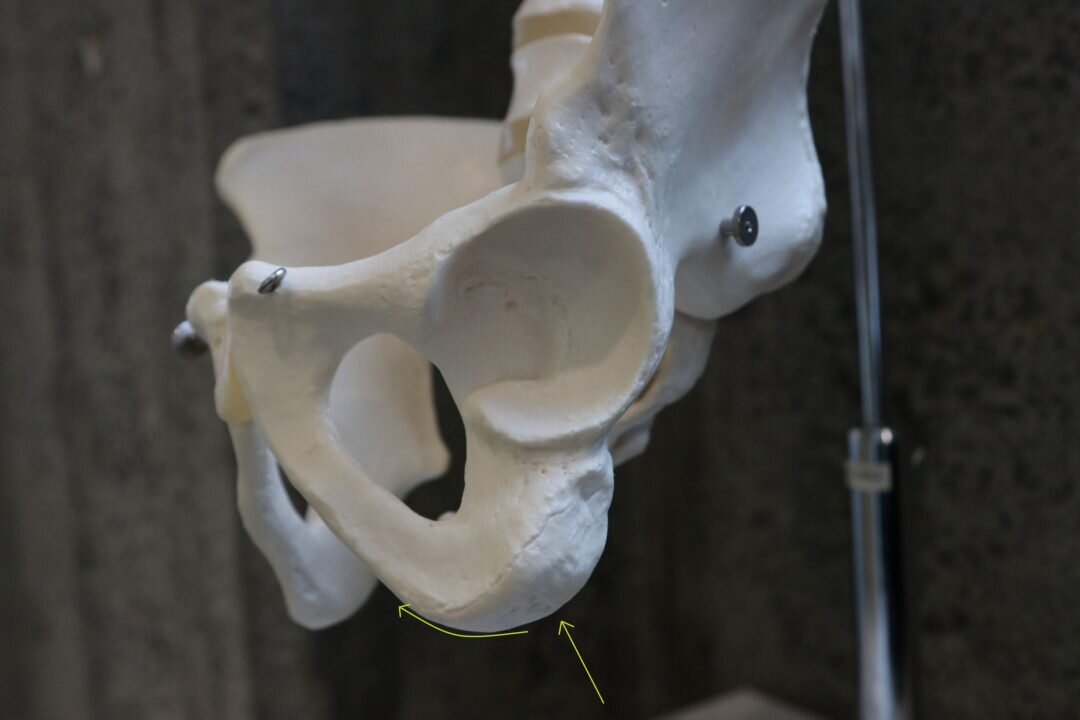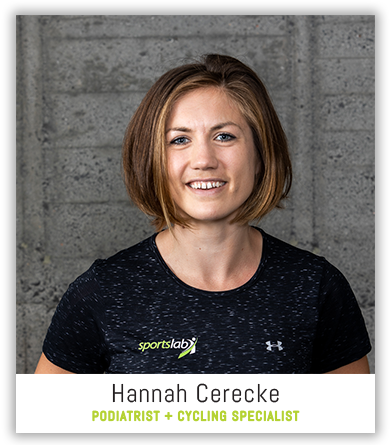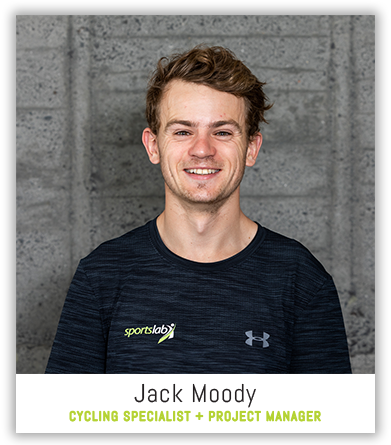My Butt Hurts.
Buying a bike saddle can be a daunting task. There are so many different options on the market which all claim to cure the same thing…resolving that stinging, excruciating pain in your butt. So, let’s explore this a bit. Before we commence and delve into the dark art of saddle selection we think it is worth pointing out that there is no right saddle for everyone. Riders come in all shapes and sizes so, understandably, no saddle is perfect for all. So, without further ado let’s begin.
Firstly, it is vital that we understand what a saddle is designed to do and how we should sit on a saddle. When sitting, the main contact point is the ischial tuberosities or “sit bones”, and this should be no different on the bike. As you can see, the ischial tuberosities are a large prominence of bone and therefore can easily take the load from sitting. However, as we move into a more aggressive riding position, we move this load further along the pubic arch. This is where we need to be careful of the perineum (all the soft tissue bits). This soft tissue has a bunch of nerves and blood vessels, and for all you cyclists out there, I’m sure we don’t need to point out how much discomfort can be caused if we put all our pressure here. To stay away from the perineum, we need a saddle of the correct width to adequately support the ischial tuberosities and the pubic arch. A saddle too narrow will put all our pressure on the soft tissue, a saddle too wide will cause chaffing and rubbing from not enough space to move. This width and shape needs to be considered for not only the main, rear part of the saddle, but for the nose too.
Saddles come in all shapes and sizes and the best place to start is to just take a couple for a test spin. Look for stores that provide a 30-day saddle guarantee with their saddles. Don’t hang on to the hope that a saddle will improve over time for you and never be afraid to take a saddle back that isn’t quite right. Look for a store that is willing to take the time to explain their offerings and best match your needs to what they have available. Specialized is one example of this and as a brand they have identified that saddle comfort is probably the biggest issue for riders and one of the key factors for keeping people off their bikes. As a brand they offer a plethora of saddles coming in different widths, lengths, padding levels and tilt within the saddle. Once purchasing a new saddle, it is a good idea to ask the staff how that saddle should be best set up as not all saddles will be setup the same way in terms of fore, aft and tilt.
Another element to consider when looking for your perfect saddle is how much padding you’re after. The truth of the matter is that the more time you are on the bike, the more you will benefit from having a firmer saddle. Sound contradictory? A saddle which is too soft can cause your sit bones to sink into the saddle which causes unwanted pressure on your soft tissue areas despite the fact the ischial tuberosities are supported by the right width and shape of the saddle. The better way to do padding well is to get shorts with a comfortable chamois, clean stitched seam and find an anti-chafing cream that works for you (Shout out to ‘Sweat Cheeks: Butt Butter’ for getting Jack through many long training rides).
How do I know if the saddle is the right saddle for me though?
The simplest test is to go ride your favourite loop a couple of times. Pick a loop that is more than an hour with plenty of saddle time. You will quickly know if the saddle is the wrong saddle for you after about 40min. Some warning signs to look for are;
– if you feel like your sit bones have fallen off the edges of your saddle (Saddle too narrow)
– Chaffing at the back of the legs (chamfer of the saddle is not correct)
– Soft tissue pain (sitting too far forward on the saddle or too much slope at the front of the saddle)
– Low back pain (this can be caused by tilting your pelvis away from painful soft-tissue areas)
If you do have a bad saddle trial experience which results in soft tissue damage or saddle sores it is important to let it heal and settle before trying any other new saddles as any further trials will be compromised due to existing discomfort.
Lastly, saddles don’t last forever. Saddles wear out over time, so you should routinely check your saddle for any cracks or points of failure once a year. If you are ever stuck on setting up your saddle, or pains just aren’t resolving with multiple saddle trials, then it is worth getting a trained bike fitter to set you up properly.
Jack Moody and Hannah Cerecke are our dynamic duo that take care of all your bike fitting needs. Jack brings to the table good banter and his experience in engineering and aerodynamics. Hannah brings her big brains and biomechanical knowledge.




